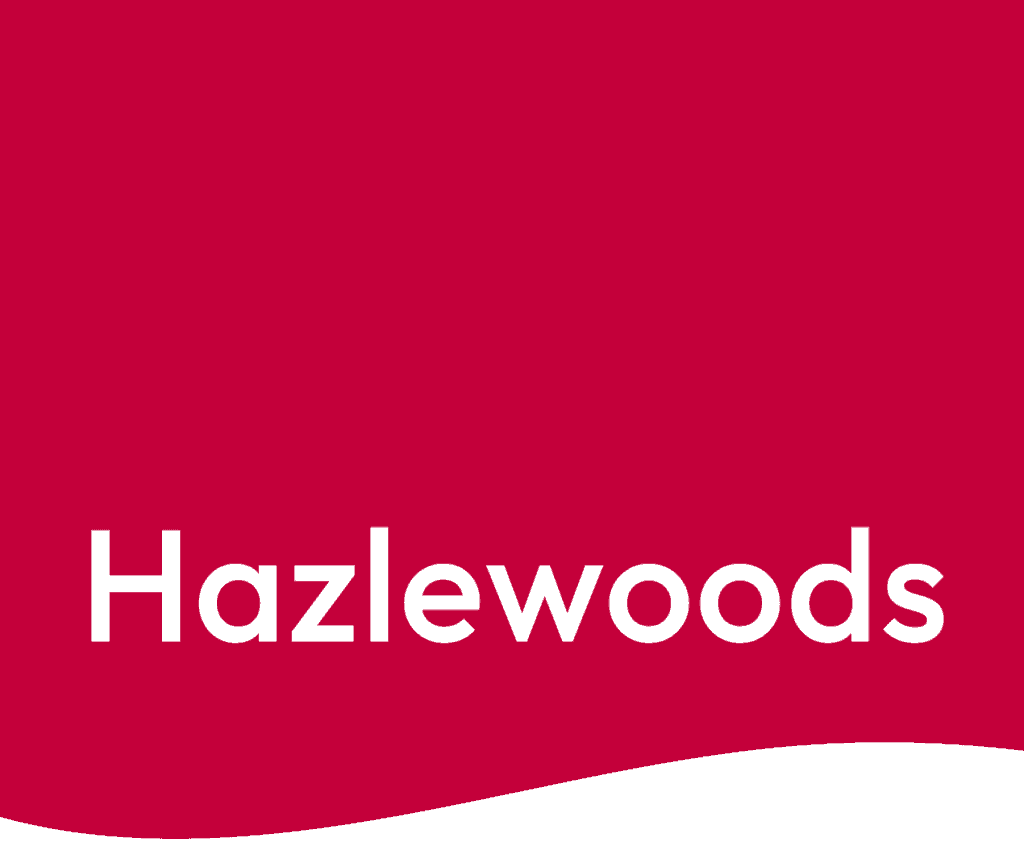HMRC’s changes continue – your best course of action might be to act now…
The VAT Capital Goods Scheme (CGS) has been a mainstay of UK VAT legislation since 1990 – and until now, it has remained largely unchanged. However, HMRC has now proposed reforms that could affect how VAT is recovered on high-value capital expenditure, particularly in land and property.
These proposals are still under consultation, but they signal a potential shift in how businesses – and increasingly, organisations such as schools and care providers – manage VAT on property-related projects.
What is the Capital Goods Scheme?
The CGS is a VAT mechanism that adjusts input tax recovery on certain capital assets over time. Instead of reclaiming VAT in full at the point of purchase, businesses must review the asset’s use each year over a five- or ten-year period. This is to ensure the VAT recovery reflects the mix of taxable and exempt use – something particularly relevant in sectors such as education, healthcare, insurance, and real estate.
The scheme currently applies where:
• Land and buildings cost £250,000 or more (excluding VAT), over a 10-year period
• Computer equipment costs £50,000 or more, over a 5-year period
Why is HMRC proposing changes?
The £250,000 threshold has never been adjusted for inflation. In practice, this means many more capital projects fall within CGS than was originally intended. HMRC is therefore proposing to raise this threshold, possibly to between £600,000 and £1,000,000, though no final figure has been confirmed.
At the same time, HMRC is proposing to remove computer equipment entirely from CGS. This element has long been outdated, particularly since most IT systems are now modular and networked rather than based on single items of high-value hardware.
These changes would reduce the compliance burden for many organisations – particularly those making relatively modest improvements to property – by eliminating the need for annual CGS calculations on lower-value works.
What does this mean for independent schools?
Interestingly, the proposed changes come just months after most independent schools became subject to VAT on fees (from 1 January 2025). Under the current CGS rules, many schools are benefiting from VAT recovery on building works that meet the £250,000 threshold. Raising the threshold could close this window for some projects, depending on timing.
In a rare case of fiscal drag working in taxpayers’ favour, the unchanged threshold since 1990 has actually enabled schools to recover VAT on projects that might otherwise fall outside the scheme had the limit been inflation-adjusted earlier.
A broader question for land and property VAT
The proposed CGS changes also highlight a wider concern: the lack of up-to-date guidance from HMRC on land and property VAT. HMRC first committed to updating its VAT Land & Property manual more than two years ago – yet businesses and advisers are still waiting. This guidance was expected to clarify important areas such as option to tax, mixed use, and exempt vs taxable treatment – issues that often intersect with CGS.
Without that broader context, changes to CGS risk being piecemeal. A joined-up reform of the VAT landscape for property-related expenditure is long overdue.
Next steps
These proposals are still under consideration, and no changes have been finalised. However, for any business or organisation planning future capital works, particularly where VAT recovery is a consideration, timing could be key. If the threshold is increased, expenditure below that level may no longer qualify for CGS adjustments – or VAT recovery – in the same way.
If you’d like support reviewing your CGS position, exploring VAT recovery on capital projects, or navigating land and property VAT more broadly, our team is here to help.
Contact the Hazlewoods VAT team to discuss your options.

